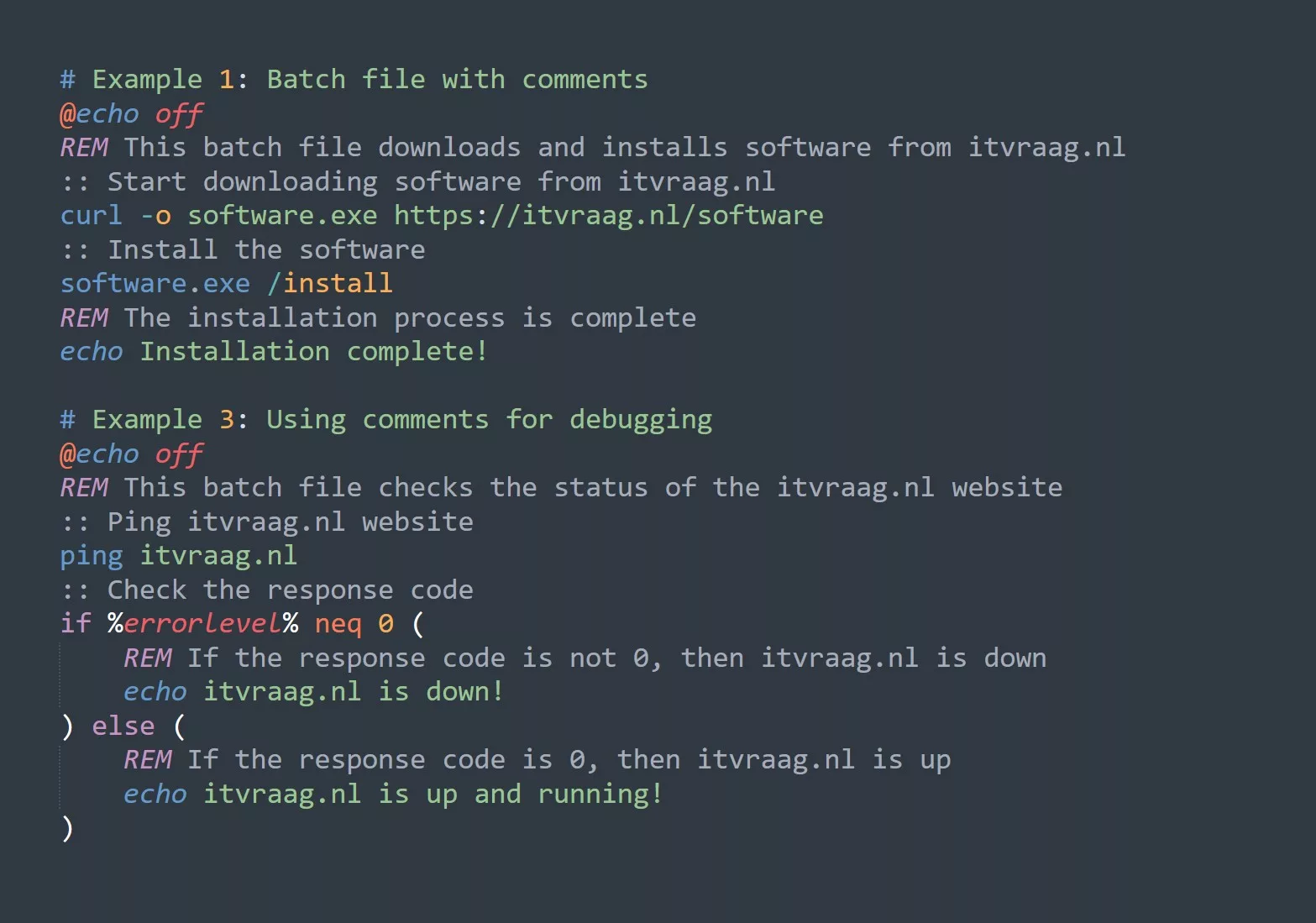Introduction
Vagrant is a popular open-source tool used for building and managing virtual development environments. It’s a handy tool that can simplify your life as a developer by making it easier to manage multiple projects and keep your development environment consistent. In this blog, we’ll explore the best practices of using Vagrant and take you through everything you need to know to get started. Whether you’re a beginner or an experienced user, you’ll find valuable insights and tips to help you work more efficiently.
Prerequisites
Vagrant is a tool for creating and managing virtual development environments. It uses virtualization software such as Hyper-V, VirtualBox or VMware to create VMs on your local machine. This allows you to test, develop and deploy applications in a consistent environment, making project management simpler.
Setting up Vagrant
- Choose a Provider: Vagrant works with several virtualization providers, including Hyper-V, VirtualBox and VMware. Choose the provider that works best for your needs.
- Install Vagrant: Install Vagrant on your local machine using the instructions provided on the Vagrant website.
- Create a Vagrantfile: A Vagrantfile is a configuration file that defines the virtual environment for your project. Use the “vagrant init” command to create a basic Vagrantfile, then customize it to your needs.
- Provisioning: Provisioning is the process of setting up the virtual environment for your project. You can use shell scripts, Ansible, Puppet, or other provisioning tools to automate this process.
Managing Vagrant
- Use version control: Keep your Vagrantfile in a version control system, such as Git, to track changes and make it easier to collaborate with others.
- Share Boxes: Boxes are pre-packaged virtual environments that can be reused across projects. Share boxes with others to save time and make it easier to manage multiple projects.
- Snapshotting: Take snapshots of your virtual environment to quickly revert to a previous state in case of issues. This can save you time and reduce downtime.
- Synced Folders: Use synced folders to share files between your host machine and virtual environment. This makes it easier to work with files and keep your development environment consistent.
Common Pitfalls
- Disk Space: Virtual machines can take up a lot of disk space, so be mindful of how much disk space you have available.
- Performance: Virtual machines can be resource-intensive, so be mindful of the resources your machine has available and adjust your Vagrantfile accordingly.
- Networking: Virtual machines can have different network configurations, which can cause issues when connecting to external resources. Be mindful of your network settings and make adjustments as needed.
Tips and Tricks
- Use Port Forwarding: Forward ports from your virtual machine to your host machine to make it easier to access services running inside the virtual environment.
- Automate Provisioning: Automate the provisioning process to save time and reduce manual effort.
- Use Multiple Boxes: Use multiple boxes to manage different projects, environments, and stages of development.
- Keep Boxes Up-to-date: Keep boxes up-to-date to ensure that your virtual environment is secure and has the latest features.
- Use Plugins: Extend Vagrant’s functionality by using plugins. Popular plugins include vagrant-aws, vagrant-digitalocean, and vagrant-vbguest.
Advanced Topics
- Multi-Machine Environments: Create multi-machine environments to test and deploy applications across multiple virtual machines.
- Continuous Integration and Deployment: Integrate Vagrant with continuous integration and deployment tools, such as Jenkins and Travis CI, to automate the testing and deployment of applications.
- Advanced Networking: Configure advanced network settings, such as port forwarding, bridged networks, and private networks, to ensure that your virtual environment is accessible and secure.
Challenge
Try setting up a virtual environment for your next project using Vagrant and implement the best practices discussed in this blog. Share your experience and any challenges you faced in the comments section below.
Conclusion
Vagrant is a powerful tool that makes it easier to manage virtual development environments. By following the best practices discussed in this blog, you can save time, reduce downtime, and improve the consistency of your development environment. Whether you’re a beginner or an experienced user, these tips and tricks will help you work more efficiently and get the most out of Vagrant.
If you have any questions or feedback, please leave a comment below. We’d love to hear from you!



